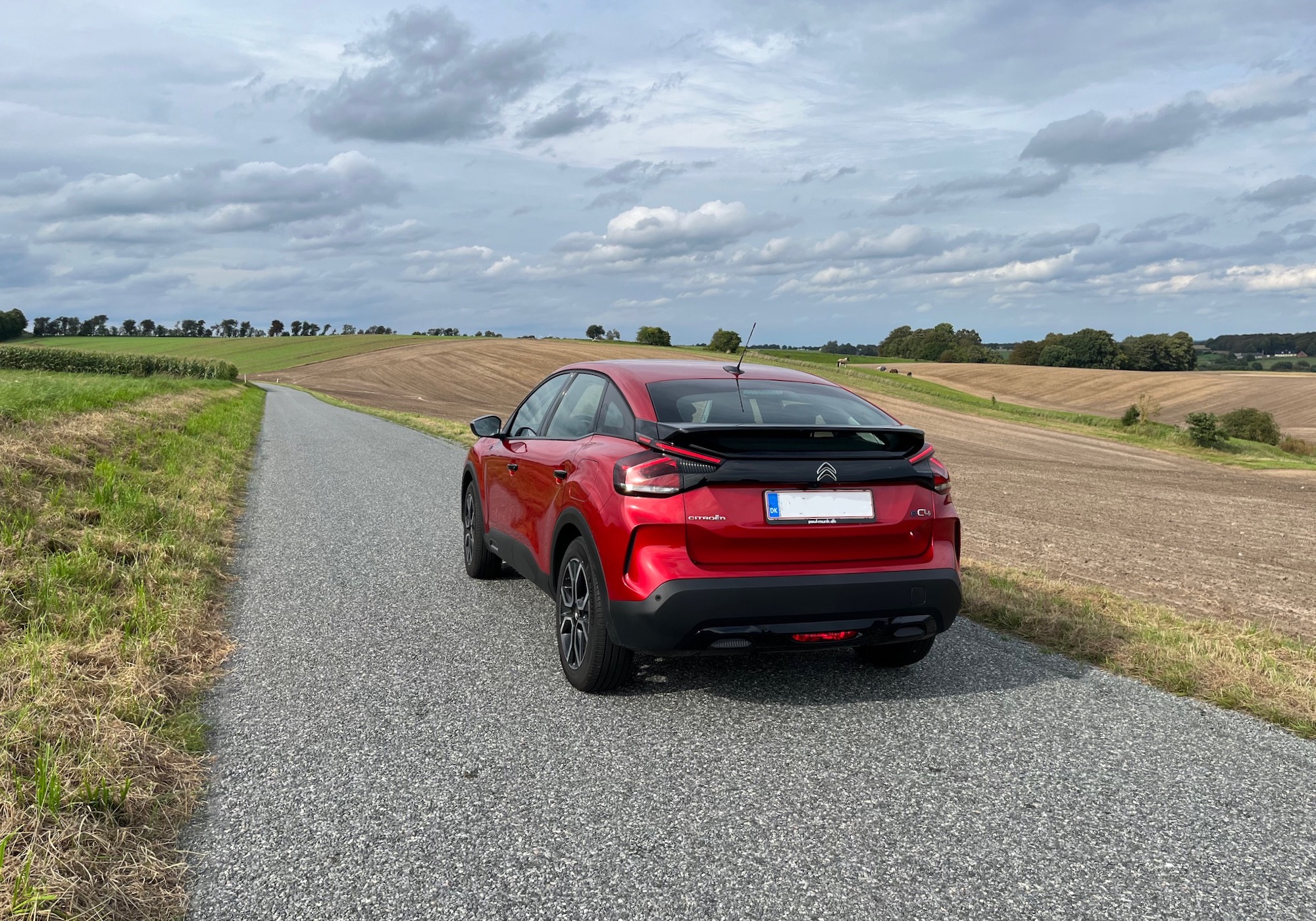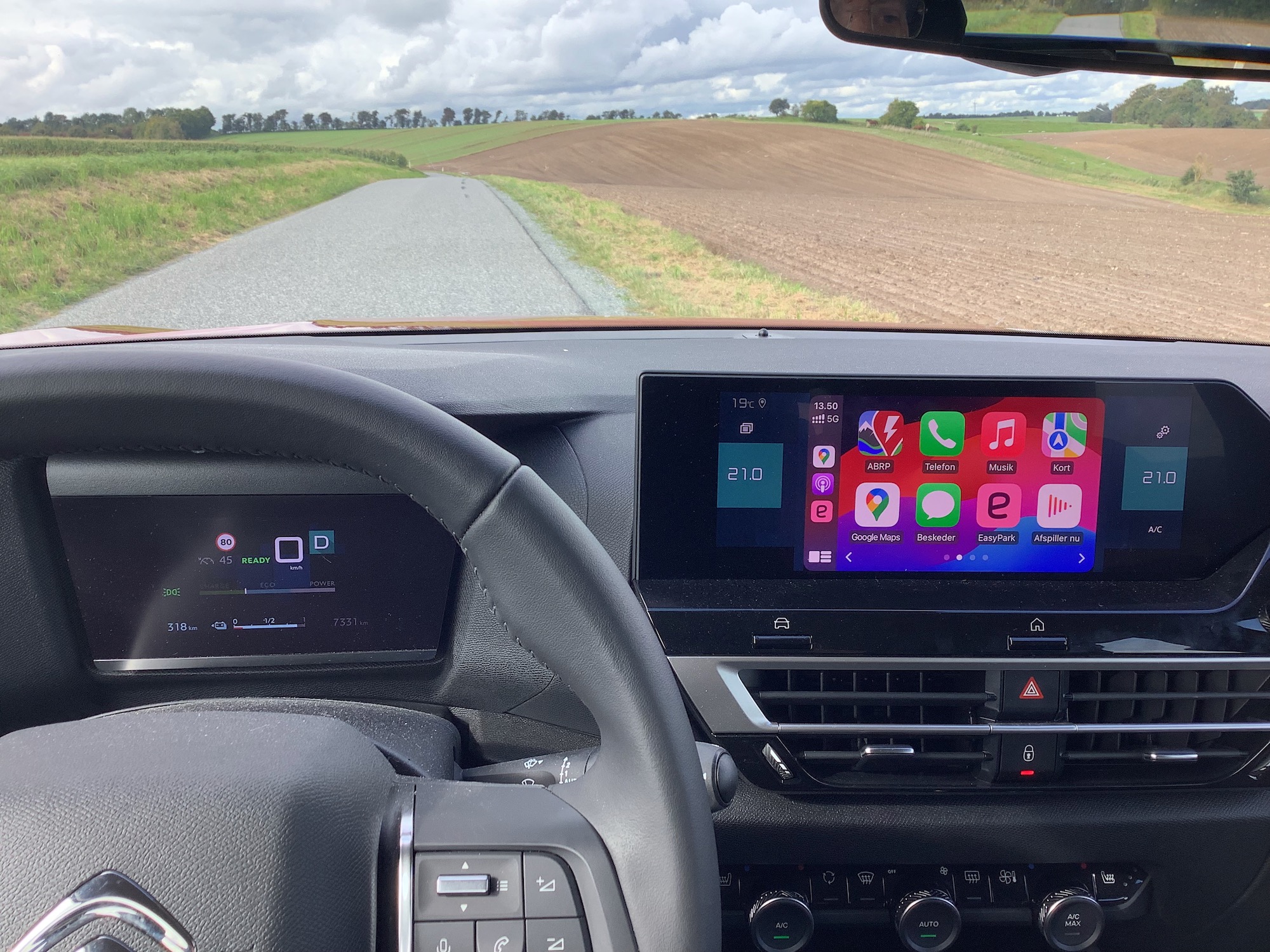Sign up for daily news updates from CleanTechnica on email. Or follow us on Google News!
A couple of years ago, the Citroën ë-C4 was introduced in the EU, and since then we haven’t heard much of it. As electric daily drivers, we hear so much about Tesla, and being an owner myself, I can relate to the brand’s impact in terms of technology and performance offerings, which obviously spew off healthy sales numbers. However, what if you want to spend a little less, don’t need the extra range, but still want a roomy and comfortable vehicle?
In this price range, you would of course then consider a VW ID.3 or the Renault Zoe in the EU market, but there is another — and perhaps better — contender: The Citroën ë-C4. The crossover version ë-C4 X is also available now, but like you would choose the Tesla Model 3 over the Model Y if you don’t need the extra space, the former is worth an extra look.
Real Citroën Comfort
I never gave the Citroën e-C4 another thought, because I thought it was somewhat small looking, and why would it be any different from the other compact EVs I have driven? But then my father got a great trade-in offer on his not so old Citroën C3 diesel if he would take the ë-C4 in exchange. In that case, yes, let’s go for a ride!

Photo by Johannes Berggreen
I was genuinely surprised by the comfort of this car. Citroën has in fact done a good job of living up to its legacy of extremely smooth suspension systems. It all started with the 1955 Citroën DS with hydropneumatic suspension. When I was a child we had the Citroën 2-CV with its unique comfortable and very long travel suspension. In the 1990s I drove my boss’ Citroën XM V6 and was baffled by its comfort.
The ë-C4 is equipped with something Citroën calls Progressive Hydraulic Cushions that provide exceptional comfort by filtering out small road imperfections, while at the same time staying firm and stable. The roughness of the road that you would otherwise feel as rumbles and rattles — gone. Since I could compare this directly with my 2019 Tesla Model 3, it was obviously working very well. Of course the tires are also narrower, but the smoothness is almost uncanny. You really find yourself enjoying the ride, and getting back into the Tesla was a huge disappointment (there is a reason the refreshed Model 3 has a new suspension).

The ë-C4 has a high quality interior, with intuitive controls. Photo by Johannes Berggreen
That being said, do not expect a sporty vehicle. It does have “Sport mode,” but that’s a bit of a stretch. Obviously I’m biased here, and must admit the 136 horses is really enough as a daily driver. That brings us to the efficiency of the vehicle. The focus on comfort and softness of the drivetrain results in exceptionally good efficiency. I asked my father to keep track of the car’s mileage, and almost 5,000 miles later, some convincing results are in:

Photo by Johannes Berggreen
7,323 km (4,550 miles) of driving all kinds of roads including inner city with an average speed of 52 km/h (32.3 mph) resulted in a consumption of 6.8 km/kWh (4.23 miles/kWh) or 147 Wh/km (237 Wh/mile). Granted, this is before any winter driving, but impressive nonetheless. With its 46.3 kWh usable battery capacity, this amounts to a real world range of 315 km (196 miles).
There is of course an app to use with the car, and it has all the features you need, but unfortunately it is a bit sluggish in terms of connecting to the vehicle. I experienced that way back with the old Nissan Leafs, and I wish it would be history by now, but apparently not. My father says there are third party apps that work better, but it is a shame that this key functionality is not prioritized.

Past & Future
I have not been able to find reliable sales numbers for this car in Europe, but according to Stellantis, it had a solid debut: “After six months on the market, ë-C4 ranks third in the compact electric hatchback segment in Europe, with a segment share of 8%, behind VW I.D3 and Nissan Leaf.”
Well, my father sure couldn’t be happier with this car. Such a huge leap up from a diesel C3. It does the job, and there has been no complaints whatsoever. Long range journeys also not a problem at all, with so many charging stations online now. He must admit though, Tesla’s Supercharger stations are the best. The ë-C4 charges at max 100 kW. See more about range in the EV-database. Also a new version of the car has launched with more power at 156 HP and range up to 420 km WLTP (260 miles).
As with all the legacy automakers, Citroën does its best to strive forward in the new electric era, and it’s clear a lot has happened since the 1929 Citroën C4 with 30 HP and 3-speed gearbox:

Photo by Jesper Berggreen
Have a tip for CleanTechnica? Want to advertise? Want to suggest a guest for our CleanTech Talk podcast? Contact us here.
EV Obsession Daily!
I don’t like paywalls. You don’t like paywalls. Who likes paywalls? Here at CleanTechnica, we implemented a limited paywall for a while, but it always felt wrong — and it was always tough to decide what we should put behind there. In theory, your most exclusive and best content goes behind a paywall. But then fewer people read it!! So, we’ve decided to completely nix paywalls here at CleanTechnica. But…
Thank you!
Tesla Sales in 2023, 2024, and 2030
CleanTechnica uses affiliate links. See our policy here.





